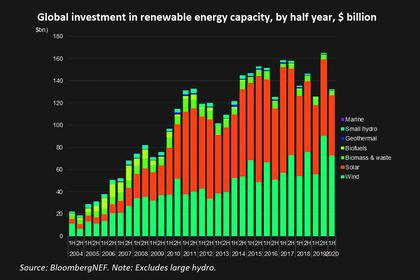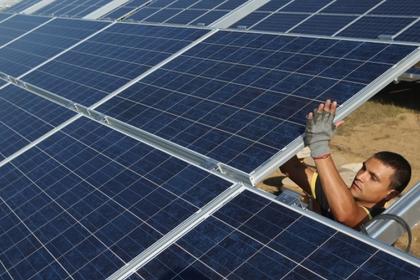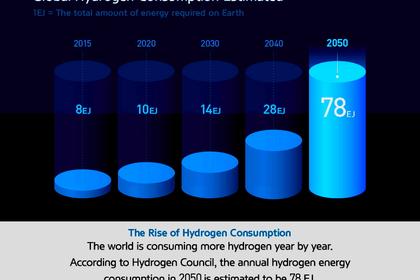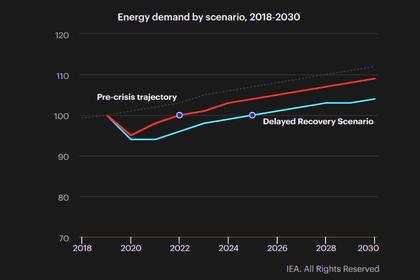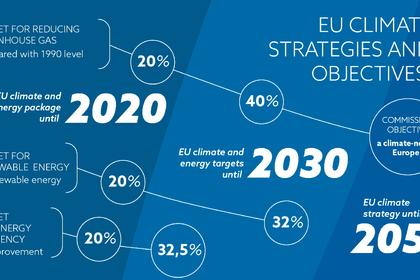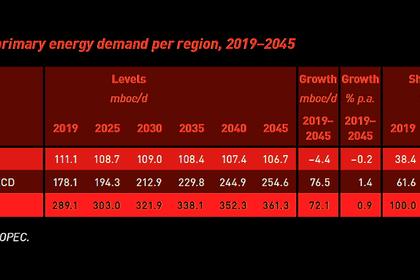
CLEAN AND RELIABLE ENERGY
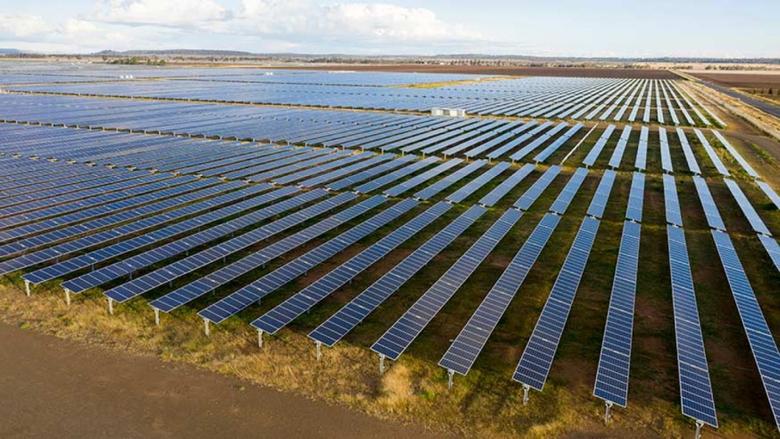
By Henry Craver Small Business Owner Self-employed
ENERGYCENTRAL - Since the Paris Agreement was drafted in 2015, governments and companies across the world have waged war against climate change. Their efforts, which usually consist of a move towards renewables and greater energy efficiency, are commendable. However, people in the power business, regardless of how they feel about global warming, worry that some of the carbon cutting initiatives will degrade the dependability of electricity. They’re right to worry, but it’s possible that technological innovation will give our world the best of both.
Let’s start with an inconvenient truth: Rapidly dercarcombonizing the grid has backfired before.
The example of California is instructive. The state has very ambitious clean energy targets, shooting for 100% carbon-free power by 2045. Over the past decade, the Cali has loaded up on renewables, which has drawn praise from the usual suspects—well intentioned but ignorant commentators who don’t understand how the grid works. We’ve seen the danger of such rapid renewable adoption this year. CAISO was left scrambling for extra generation as demand soared this summer, and their renewable sources didn’t always come through. Customers lost power who shouldn’t have, and many more nearly did. The operator escaped by the skin of its teeth thanks to some creative flex demand and energy efficiency tricks.
So is that it? Are we doomed to choosing between a planet without polar bears and cruddy power? I really don’t think so.
This decade we will see long promised technological solutions finally arrive in earnest, and other unexpected ones come out of the blue.
Renewable pollyannas have long dismissed any concerns about the scalability of wind and solar with one word: batteries. Energy storage, they’ve claimed for a decade, is now advanced enough and cheap enough to retire fossil fuels and nuclear power. They’re claims have been hyperbolic and premature, but batteries really have been getting cheaper and better. They still won’t allow regions to go full wind or solar for some time, but they’ll facilitate a gradual transition.
Carbon capture is another technology that is finally becoming practical. A new report from the Energy Future Initiative and Stanford University estimates that 76 percent of electricity generation and other industrial sites in California could be outfitted with CCS tech. The report concludes that CCS could allow the state to cut emissions by 15 percent. The study also compares two possible routes to California’s carbon goal: Going all in on renewables and battery storage versus relying on CSS to mitigate the emissions of natural gas energy sources. The researchers found the state could hit the target by maintaining 4.2 GW of natural gas with CSS. Such a scenario would reduce the reliance on renewables and save an estimated $750 million a year.
It should be noted that California boasts very favorable geological structures for CSS: Thick layers of sand and shale. However, it’s not the only place in North America with those features.
Finally, it’s possible that the coming transportation revolution will greatly reduce demand on the grid. At first, this claim sounds confused. Afterall, trading in traditional gasoline powered vehicles for electric ones will require a lot more electricity. That’s true, but our patterns of behavior may become much more efficient. This is a point Stephen Baker, the co-author of Hop Skip Go: How the Mobility Revolution is Transforming our Lives (Harper Collins, 2019), made when I interviewed him last year for Energy Central:
“...People tend to assume that new technologies will simply follow the patterns of the old. For example, today you drive around in a gasoline-powered machine, tomorrow it will be electric, and a decade from now autonomous. But you’ll keep following the same itineraries.
This isn’t this case. In the next stage of networked mobility, transportation should be far more efficient. Most of us have cars that are only in service 5% of the time. The rest of the time they’re parked. The idea for networked (and eventually autonomous) cars is to squeeze much more production out of them, most likely as a shared resource. This could dramatically reduce our consumption of energy. Then again, if transportation is cheap and efficient, we might use it much more capriciously, perhaps sending an autonomous car across town for tacos or croissants.”
Turning the grid carbon neutral in 2020 (at least without nuclear) is a load management disaster waiting to happen. But things are changing quickly. Ascendant technologies and possible trends on the horizon may allow us to hit ambitious climate change fighting goals without sacrificing power reliability sooner rather than later.
-----
This thought leadership article was originally shared with Energy Central's Load Management Community Group. The communities are a place where professionals in the power industry can share, learn and connect in a collaborative environment. Join the Load Management group today and learn from others who work in the industry.
-----
Earlier:
